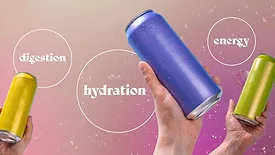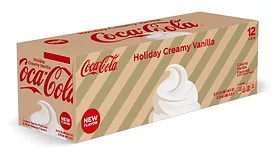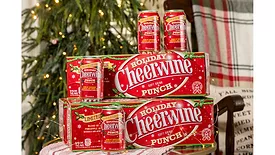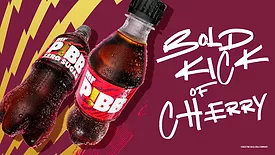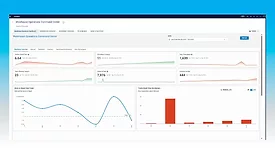Articles by Jessica Jacobsen
Monomaterials, tethered caps support sustainability goals
Read More
What will happen to the THC beverage market?
Delta Beverages CEO calls for regulation, not outright ban
December 15, 2025
Unlocking the potential for functional beverages
Consumers turn to fortified drinks for a range of benefits
December 8, 2025
The Best Beverage Packages of 2025
Delivering more to consumers motivates this year’s top packages
December 2, 2025
Contract manufacturers investments support beverage needs
Report predicts 7.67% 5-year CAGR for US Beverage Contract Bottling and Filling Market
November 24, 2025
Holiday tables offer insight into beverage trends
3 in 4 consumers willing to try new beverages during the holidays
November 18, 2025
Packaging helps Cheerwine Holiday Punch expand reach
Seasonal beverage debuts 12-packs of 12-ounce cans this season
November 12, 2025
Mr. Pibb returns to excite consumers
Reformulation includes 30% more caffeine
October 30, 2025
Beverage operations turn to software to optimize warehouse
Warehouse software solutions aid SKU proliferation, labor challenges
October 27, 2025
Jesse Bongiovi, Lily Pond Group announce official partners
Beverage alcohol incubator aims to elevate brands that blend authenticity, creativity and growth potential
October 24, 2025
Elevate your expertise in the beverage marketplace with unparalleled insights and connections.
Join thousands of beverage professionals today. Shouldn’t you know what they know?
JOIN NOW!Copyright ©2025. All Rights Reserved BNP Media.
Design, CMS, Hosting & Web Development :: ePublishing



